What is the tolerance range of precision screws?
What is the tolerance range of precision screws?
Service Hotline
+86760-8787 8587We have more than ten years of production experience in the screw industry, the main products are: GB873 large flat head rivets, butterfly bolts, round head three combination screws, Dongguan nylon nuts, fine thread nuts, rivet nuts, hole pins GB882 with screws, countersunk head Screws and bolts, GB70.2 screws, hexagon socket head three combination screws, ANSI screws, set Phillips flat head screws, 0304 stainless steel screws, thin nuts, high-strength cylinder head screws and other fasteners, due to different product materials and specifications, the price also varies different, please contact us if necessary.


The profile of the American National thread (60 profile angle and H/8 flatness) is different from the Wyeth thread profile (55 profile angle and H/6 flattening height). American National Thread is widely used in regions and industries that are influenced by American industry. In World War II, due to the inconsistent thread standards used by the Allies, the logistical supply difficulties caused serious economic losses and casualties to the Allies. Immediately after the end of World War II, the United States, the United Kingdom, Canada and other allies immediately began to formulate a unified thread standard among allied countries, and promulgated a unified thread standard in 1948. Because the economic strength and military strength of the United States dominated the Allied forces at that time, the unified thread was mainly formulated according to the national thread standard of the United States. Unity; the latter letter N is derived from the N designation for American National Threads. Since then, the unified thread began to squeeze the original use market of the British Whitworth thread.
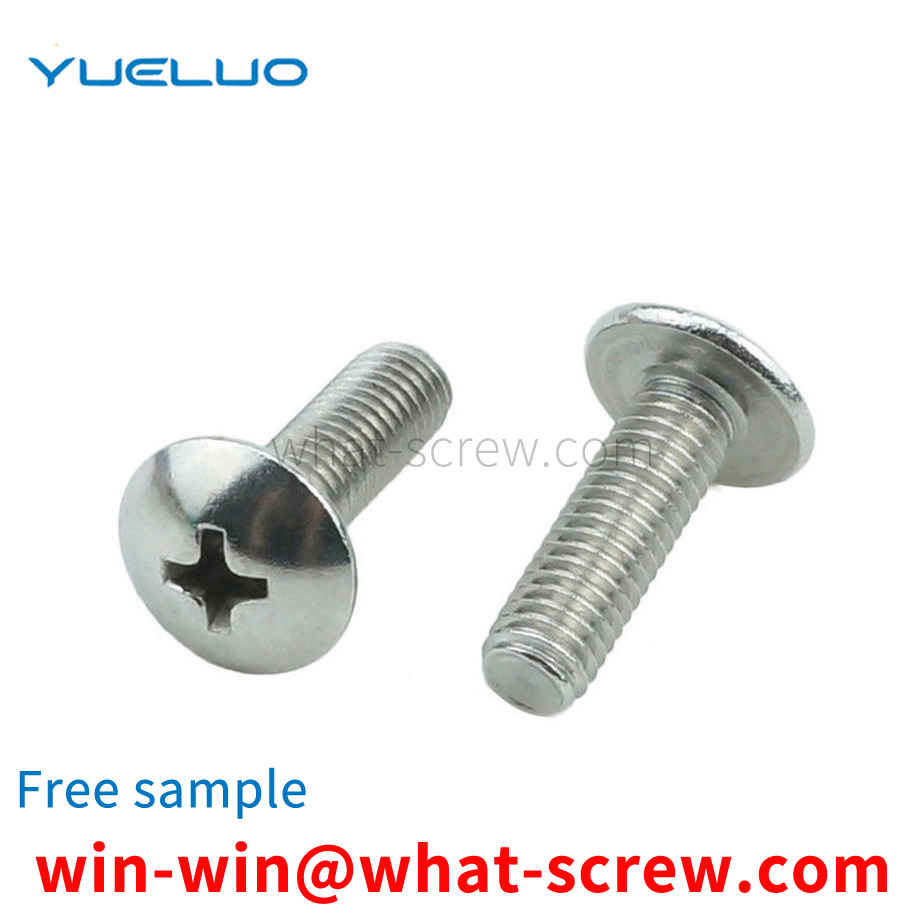
The existing spring screw includes a screw rod, a spring connecting sleeve, a spring, a fixed connecting sleeve, a nut and a nut sleeve, wherein the screw rod includes a screw cap, a connecting section without threads and a threaded connecting section with threads, and the connecting section is located in the screw cap and the thread. A shaft shoulder is arranged between the connecting sections and between the connecting section and the threaded connecting section, the connecting section of the screw is sleeved with a spring connecting sleeve, a spring and a fixed connecting sleeve, the spring connecting sleeve is close to the screw cap, and the connecting sleeve is connected between the spring connecting sleeve and the fixed connecting sleeve The connection spring is connected with a threaded nut on the threaded connection section of the screw, and the nut sleeve is connected to the nut sleeve. The fixed connection sleeve is fixedly connected to the upper die of the steel mold through bolts, and the nut sleeve is welded to the lower mold of the steel mold. When clamping the mold, a professional is required to turn the screw from the lower mold to the upper mold or hook it to the upper mold with a foot and then tighten it with the wind, which is inconvenient to install, has low work efficiency, and has potential safety hazards. Contents of the utility model Yueluo Guangdong Yueluo Hardware Industry Co., Ltd. aims to provide a spring screw that is easy to operate. In order to solve the problems existing in the background technology, Guangdong Yueluo Hardware Industry Co., Ltd. adopts the following technical scheme: a spring screw, including a screw rod, an upper compression spring washer, a spring, a fixed sleeve, a lower compression spring washer, Base and fixing nut. The screw rod includes a screw cap, a connecting section without threads and a threaded connecting section with threads, the connecting section is located between the screw cap and the threaded connecting section, and a shaft shoulder is arranged between the connecting section and the threaded connecting section. The connecting section of the screw rod is sleeved with an upper compression spring washer, a spring, a fixing sleeve, a lower compression spring washer and a base, and the threaded connection section is connected with a fixing nut. A fixed sleeve is sleeved between the connection section and the threaded connection section, and the fixed sleeve is sleeved with a lower pressure spring washer and a base. The upper compression spring washer is close to the screw cap, the lower compression spring washer is fixed on the base by four screws, the spring is placed between the upper compression spring washer and the lower compression spring washer, and one end of the spring is sleeved with the upper compression spring washer , and the other end is sleeved with a fixed sleeve. For Yueluo, the diameter of the spring screw is between T20-T27. In this preferred solution, the use performance of the spring is high, which is beneficial to prolong the service life of the spring screw. For Yueluo, preferably, the thread connecting section of the screw adopts T-shaped thread. In this preferred solution, the fixing nut is tightly matched with the threaded connection section, so that the steel mold is clamped tightly. Yueluo is preferably made of 40Cr material for the fixing nut and screw. In this preferred solution, the rigidity of the fixing nut and the screw rod is high, which is beneficial to improve the usability of the spring screw. Yueluo is preferred, the spring screw parts except the fixing nut and the screw are made of 48# steel material. In this preferred solution, the production cost is low. In summary, Guangdong Yueluo Hardware Industry Co., Ltd. brings the beneficial effects: when the spring screw is used, it is only necessary to use a wrench to move the fixed nut, which is convenient for installation, disassembly and replacement, improving work efficiency and reducing production costs.
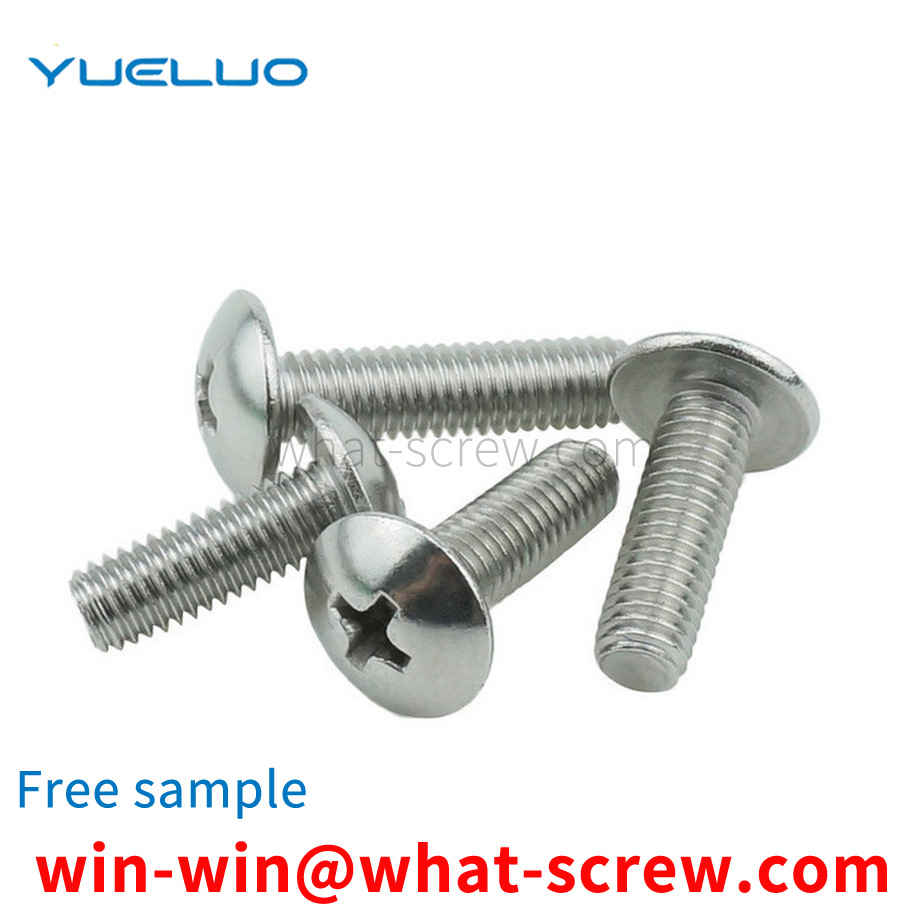
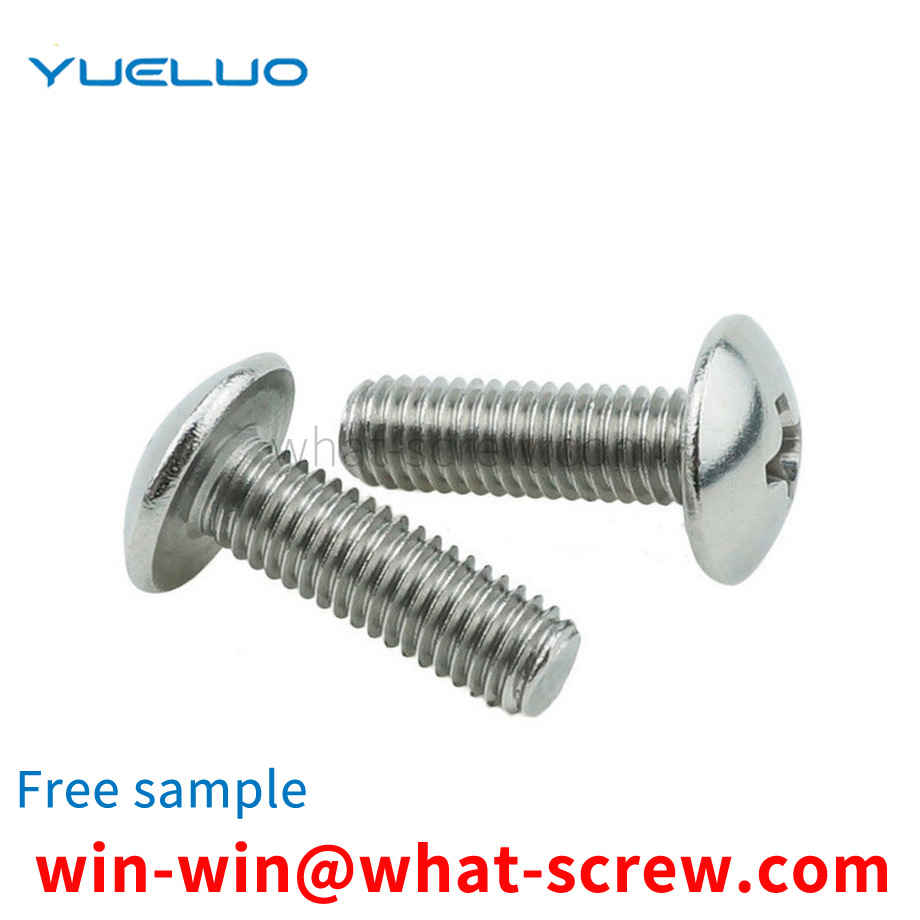
The spring self-locking nut is a spring clip self-locking nut, which consists of an S-shaped spring clip and a self-locking nut. The S-shaped spring clip is provided with a fixing hole (3) for fixing the self-locking nut, which is used for the transition through the bolt. The self-locking nut is placed between the clamping hole and the transition hole (4), and is clamped in the clamping hole. The utility model adopts the elastic force of the spring clip to fix the self-locking nut on the connecting plate or the support. Not only is it convenient to install, but also has good reliability after installation.
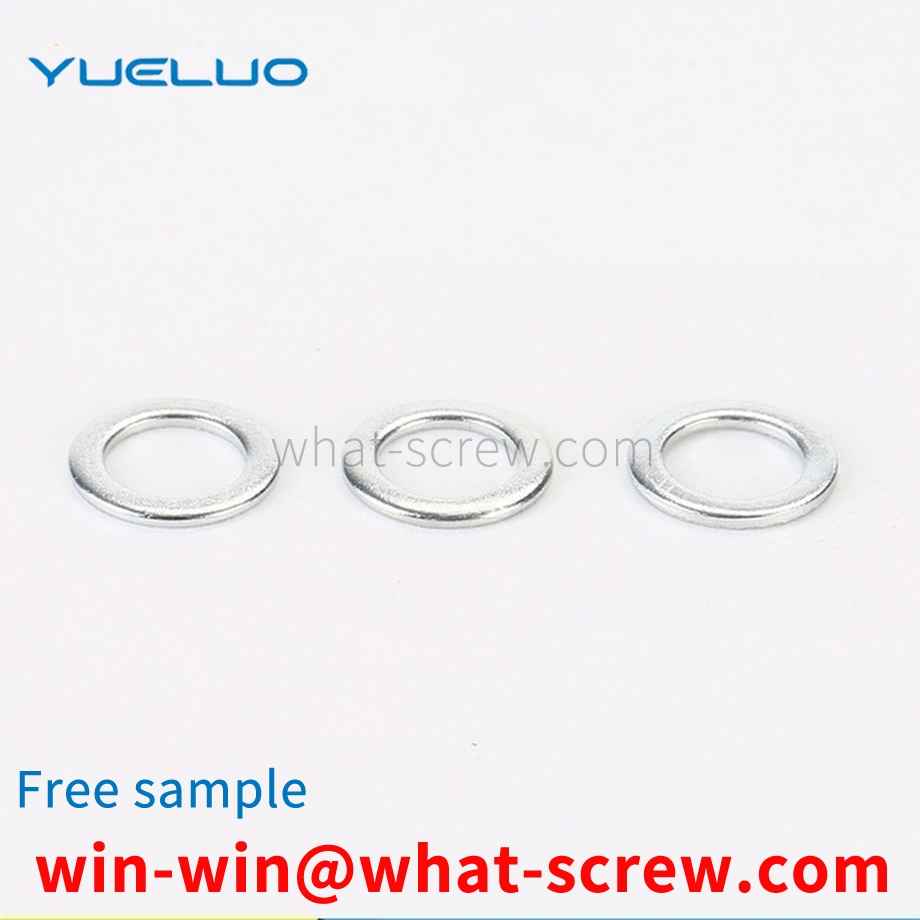
Self-tapping screws were introduced into the industry in large numbers in 1914. The earliest design (essentially imitating a wood screw) was a thread-forming screw made of hardened steel with an A-ended end, mainly used to connect sheet metal channels for heating and ventilation systems. Therefore, it is also called: sheet metal screw. By the end of the 1920s, with the widening of the market and new applications, emphasizing new designs, its application performance was widely improved. The following introduces the four different stages of the development of self-tapping screws in 40 years: thread forming self-tapping screws, thread cutting self-tapping screws, thread rolling self-tapping screws and self-drilling self-tapping screws. 1. Ordinary self-tapping screws (thread forming self-tapping screws) Ordinary self-tapping screws are a direct product of early sheet metal screws. The principle is: when screwing it into a prefabricated hole, the internal thread connected to the screw is formed by the displacement of the material around the hole and the material is pushed into the space between the threads. 2. Self-cutting self-tapping screws (thread cutting self-tapping screws) Because ordinary self-tapping screws are formed only in very thin threads. And it can be easily realized on materials with good toughness. Develop and expand the use of self-tapping screws to thicker sections and harder, brittle and other materials with poor deformability. In this way, the self-cutting self-tapping screw is developed: a cutting groove or cutting edge is machined at the end of the screw shank. When this kind of screw is screwed into the prefabricated hole, the screw acts as a tap and actually cuts out the thread that connects with itself. 3. Self-Extrusion Self-Tapping Screws (Thread Rolled Self-Tapping Screws) In the early 1950s, fastener engineers began to recognize the potential advantages of self-tapping screws as structural rather than just lightly loaded attachments. This has led to the development of a new self-tapping screw thread rolling self-tapping screw (self-extrusion self-tapping screw). According to the design principle of cold forging taps, the thread and end are specially designed for this kind of screw, so that the screw can be formed by applying intermittent and periodic pressure on the crest of its thread instead of on the side of the entire thread. Internal thread for connection. By concentrating and limiting the forming pressure, the pressurized material next to the hole is made to flow more easily and to better fill (squeeze) into the flanks and roots of the thread of the self-tapping screw. Since the frictional resistance of screwing in is much lower than that of ordinary self-tapping screws, threaded rolling self-tapping screws (self-extrusion self-tapping screws) can be screwed into thicker sections. At the same time, it has better screw control and tightening torque, and greatly improves the connection strength and overall firmness. The engineering standard of this kind of self-tapping screw stipulates that the selection of materials, the mechanical properties of heat treatment and the working performance should be strictly controlled. 4. Self-drilling and self-tapping screws (self-drilling screws) People have done statistics: Among the ten expenses that constitute the total assembly cost, the highest one includes the processing of holes. In practical applications of self-tapping screws, prefabricated holes need to be processed. Moreover, in order to make the prefabricated holes have good effect in practical application, the size of these holes must be controlled within a fairly strict range. In the early 1960s, self-drilling and self-tapping screws appeared. A major step forward in reducing assembly costs by eliminating the need to machine prefabricated holes. In general, self-drilling and self-tapping screws realize drilling, tapping and tightening in one operation. These are the four main stages of self-tapping screw design and development. In addition, two newly developed products are also worthy of introduction. Both are screws with a special thread type. One is designed for plastic and other low-strength materials; the other is used in the construction industry to connect cement wall panels, so it is also called wall panel self-tapping screws.
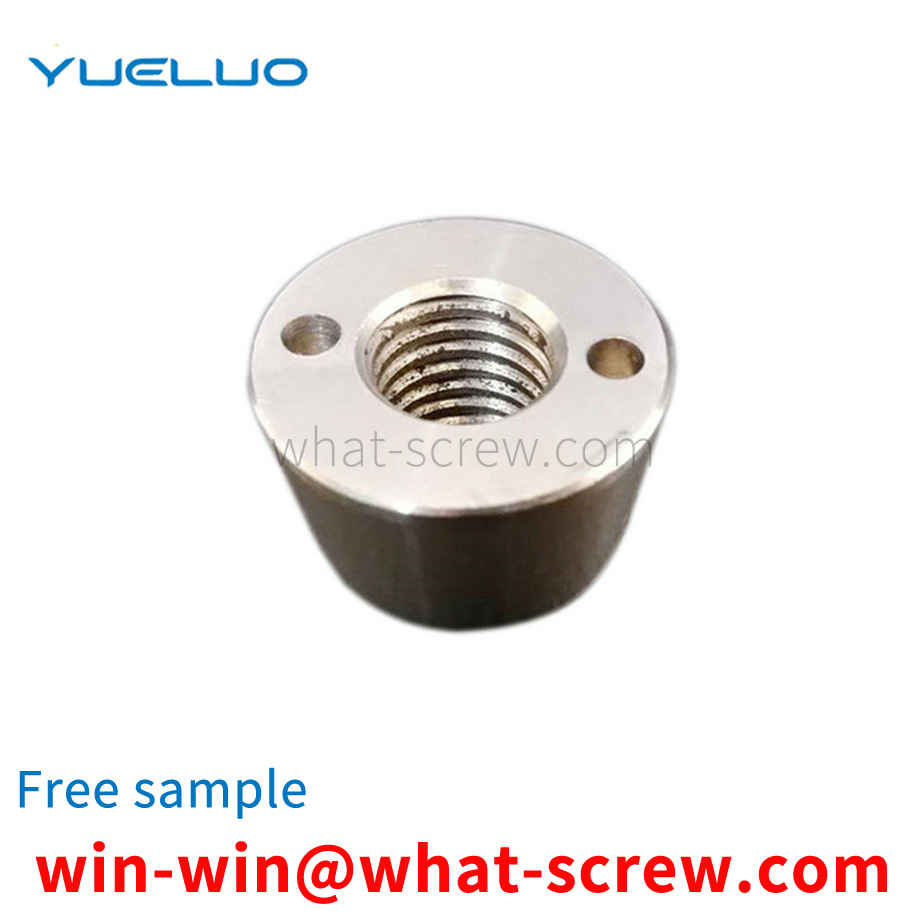
The above content is uploaded by Yueluo or the Internet. If there is any copyright issue, please contact [email protected].

What is the tolerance range of precision screws?

How to choose the right stainless steel screw manufacturer?

Why is there an R angle under the head of the hexagon head s...

We have more than ten years of production experience in the ...

We have more than ten years of production experience in the ...

We have more than ten years of experience in screw industry ...

We have more than ten years of experience in screw industry ...